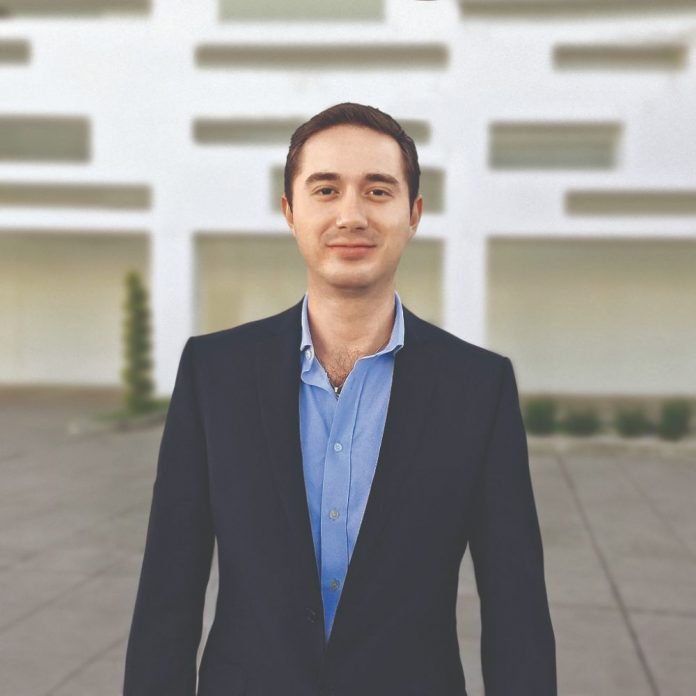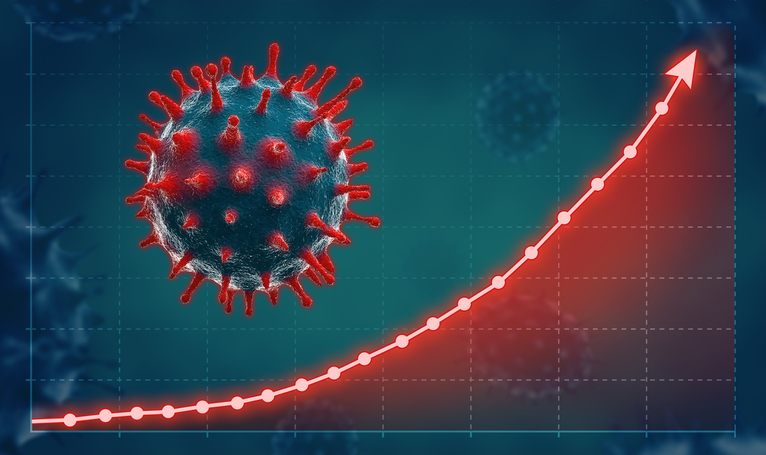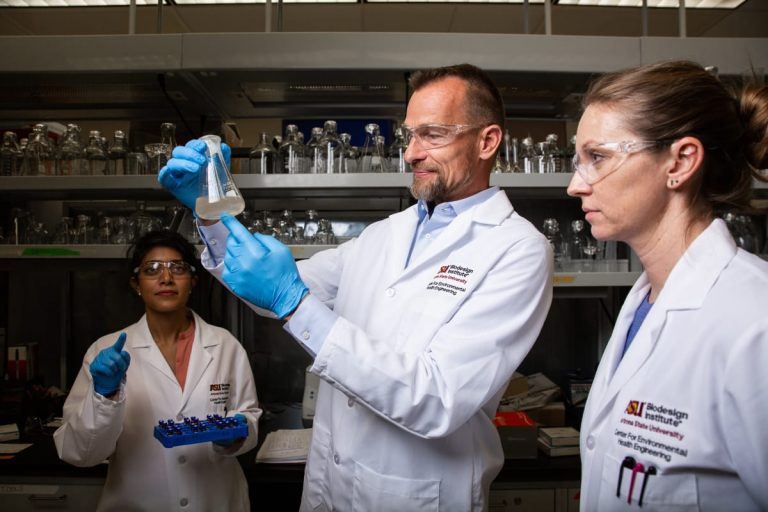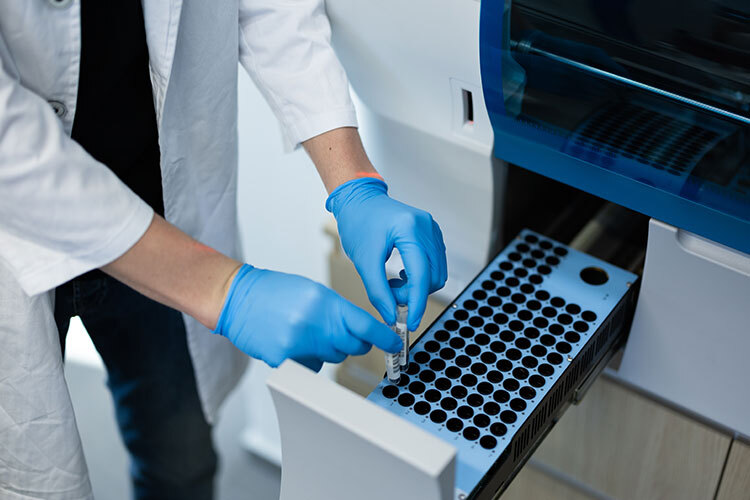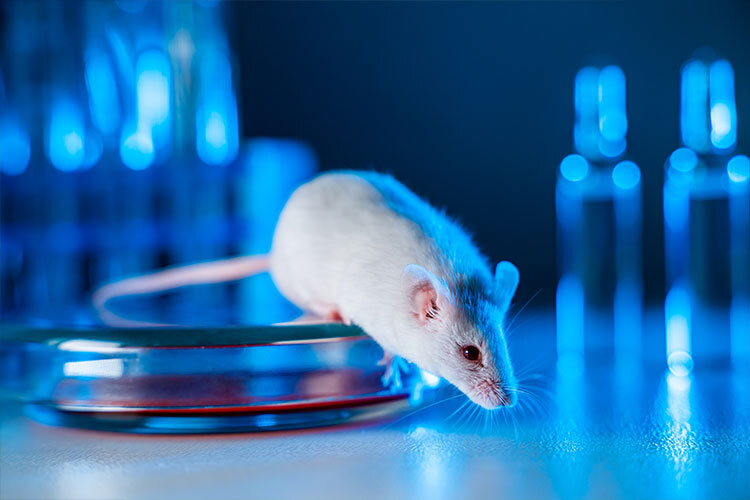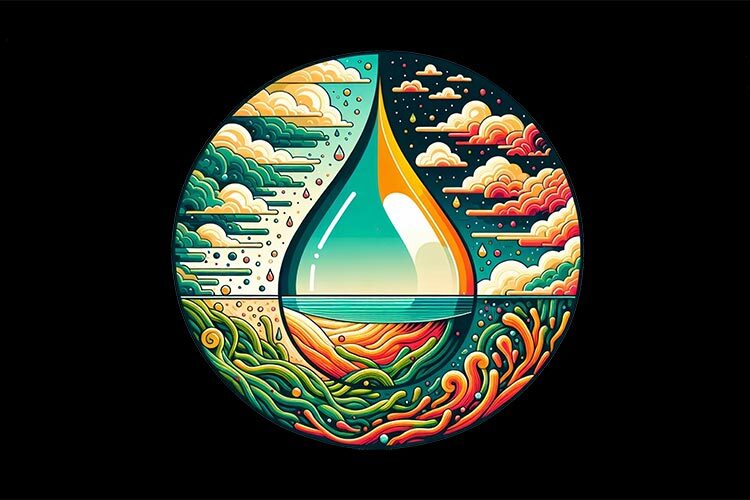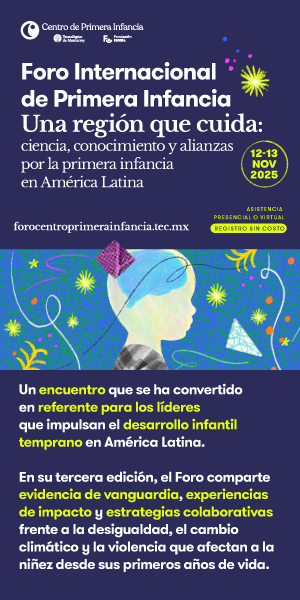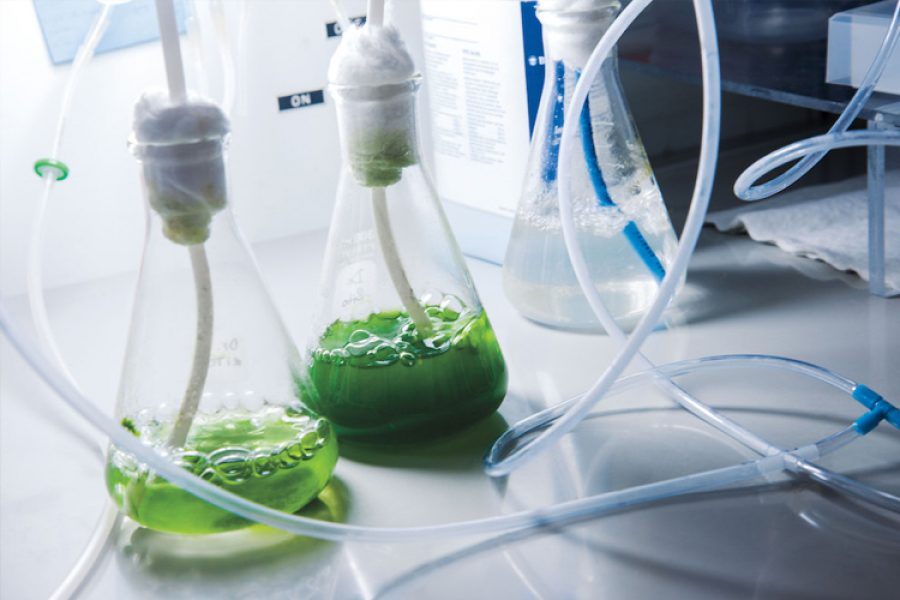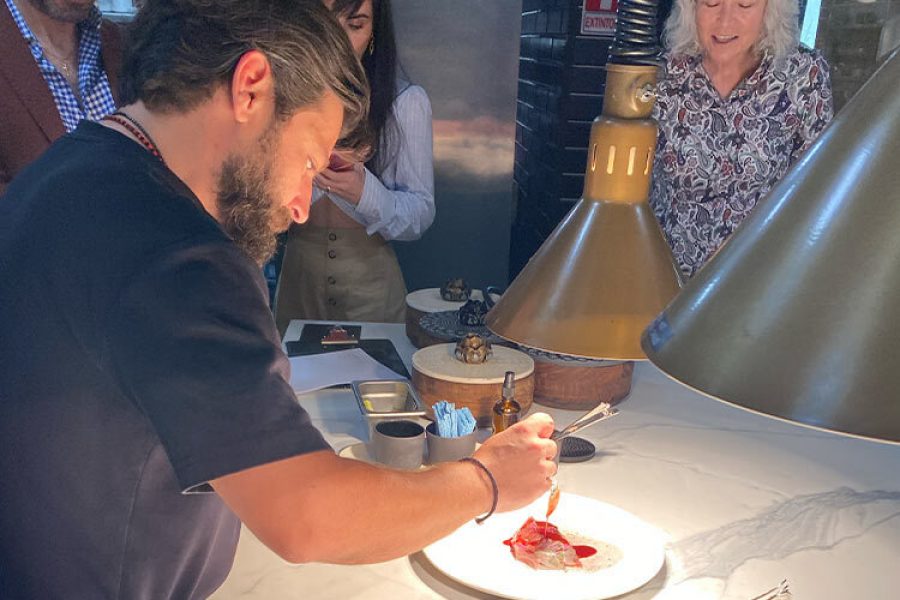One of the biggest challenges facing science today is the discovery of new antibiotics. In fact, it’s been around 40 years since a new one has been introduced to the market. Fortunately, bacteria found in the most remote locations—such as caves, sulfur mines, salt flats, or areas with extreme temperatures—could be a source for these medications.
This is crucial because antimicrobial resistance is on the rise, currently responsible for the deaths of 1.2 million people worldwide every year.
Finding molecules capable of combating resistant microorganisms, or those for which no cure has been found yet, is a monumental task.
With this in mind, Cuauhtémoc Licona, director of the FEMSA Biotechnology Center, along with a team of microbiologists—scientists specializing in the study of microorganisms—has been exploring uncommon locations in search of bacteria that produce substances that could eventually become new antibiotics, treatments, or pesticides.
“If I look for bacteria in rare soils, I’m more likely to discover something new,” says Licona.
Exploring these rarely visited sites is key, as the harsh environmental conditions often push the organisms living there to produce substances that help them survive.
Once the bacteria are found, this group of scientists analyzes their DNA to sequence their genetic code. They then search for genes linked to biologically active compounds that could be applied to solve human problems.
Rare Bacteria From Unexplored Places
While it may seem counterintuitive to look for antibiotics in the very organisms we want to eliminate, understanding the dynamics between different bacterial species and their ecological context makes this idea more logical.
Like all living organisms, bacteria in soil or any substrate compete with others for the resources they need to survive. Many synthesize compounds that prevent others from growing, thus eliminating the competition.
“Bacteria that produce antibiotics or substances that kill other bacteria or organisms have also evolved to resist those molecules to avoid dying themselves,” explains Licona.
These aren’t the only useful molecules, though. These microorganisms also produce other substances that help them make the most of the scarce resources available to them.
The idea of searching for microorganisms in less explored environments to find such compounds isn’t new. In the 1950s and ’60s, this approach led to the discovery of many of the antibiotics we use today.
“That was the golden age of antibiotics,” says the researcher. However, those places eventually became over-explored, lost their novelty, and the microorganisms there were fully eradicated.
This, along with other factors, has created today’s gap in the discovery of new antibiotics. In response, Licona and his team must explore even more remote locations to increase their chances of finding new molecules.
How to Discover New Molecules For Human Use?
To identify these substances, the team follows a method that involves reviewing scientific literature for references to places with extreme or highly unique environmental conditions. This helps them form hypotheses about where they might find rare bacteria.
They then travel to these unusual sites, collect soil samples, and bring them back to the lab.
The team isolates individual bacteria from the samples and extracts their DNA for complete genome sequencing to uncover clues about potential bioactive compounds, also known as drug leads.
“These types of bacteria can have 20, 30, or even 40 natural products each,” says Licona.
Once they have the genetic sequence, they search open-access databases for genes similar to those of known antibiotics, pesticides, medications, or treatments—a process called gene mining.
If they find genes with low similarity percentages, it could indicate a new molecule with the desired activity.
To speed up the process, the group developed the Biosynthetic Novelty Index (BNI), which compares the genes found in bacteria against these databases.
“The index tells you which genes are least discovered and referenced in the databases,” Licona explains.
The Future of Biotechnology in Discovering New Molecules
Once they identify novel molecules with potential to become useful products for humanity, they share them with clinical researchers, who test their effectiveness in various models until they’re ready for commercial application.
“The path from finding a compound to it becoming a usable antibiotic is very long—it takes about 10 to 15 years,” says Licona.
According to him, out of ten thousand biologically active molecules discovered, only one becomes a new drug or treatment.
By narrowing down the molecules worth exploring, this research team helps companies and clinical labs save time, money, and effort.
Currently, they are searching for molecules that could become new antibiotics, pesticides, fertilizers, or treatments for rare diseases.
“We’ve found some molecules that target pathogens critical to the agroindustry or that help treat diseases like cystic fibrosis or Duchenne muscular dystrophy,” Licona notes.
In the future, Licona and his team hope to contribute to the fight against antimicrobial resistance and tackle many other problems that could be solved by these rare bacteria.
Did you find this story interesting? Would you like to publish it? Contact our content editor to learn more at marianaleonm@tec.mx

